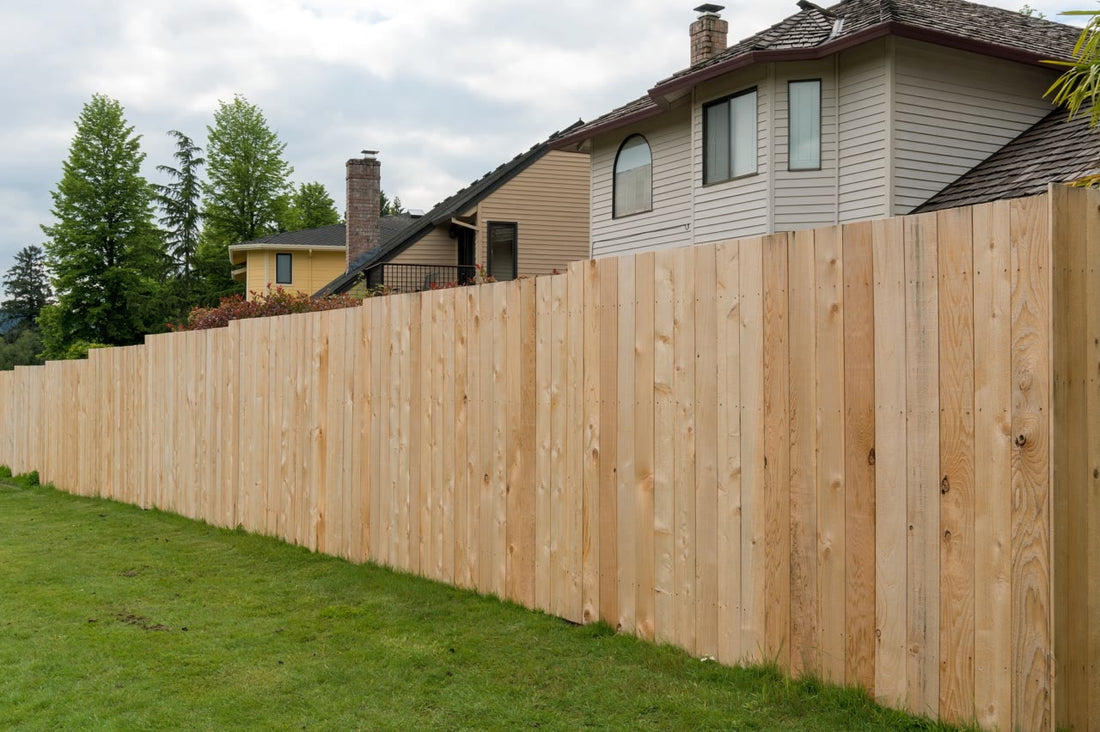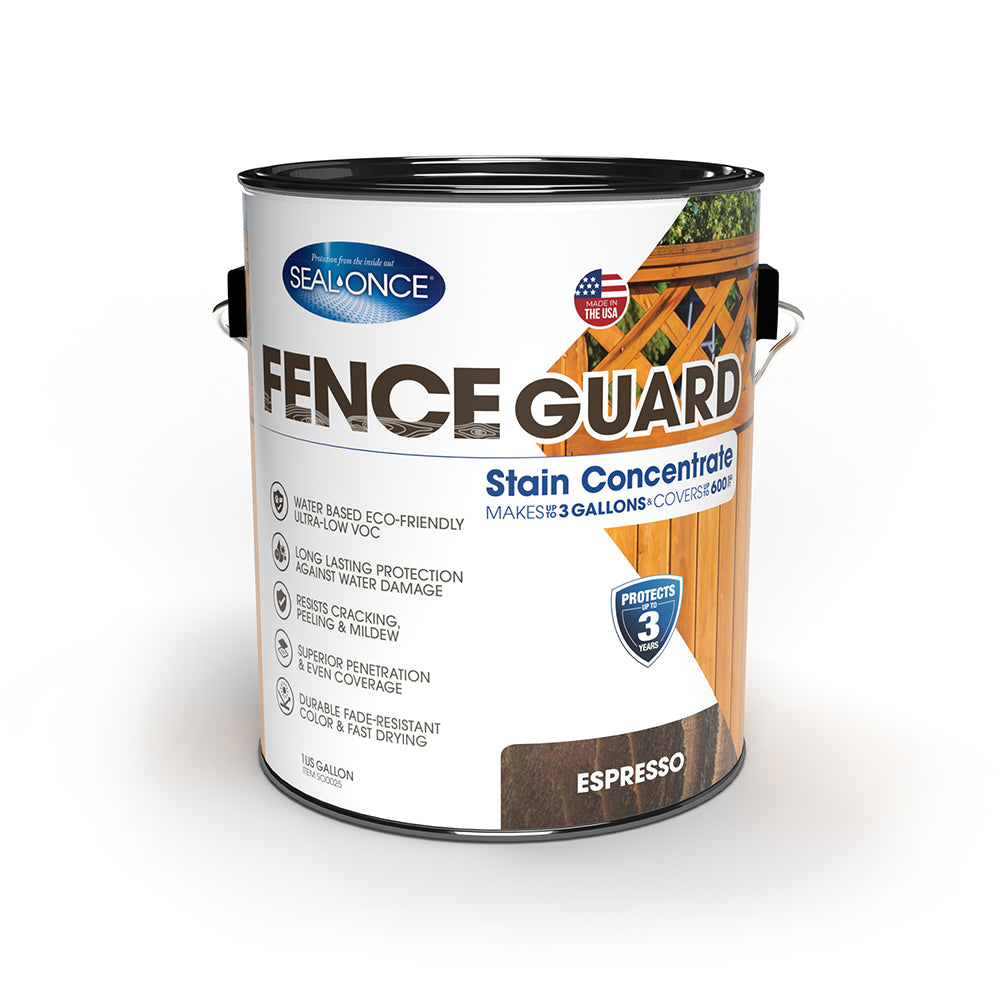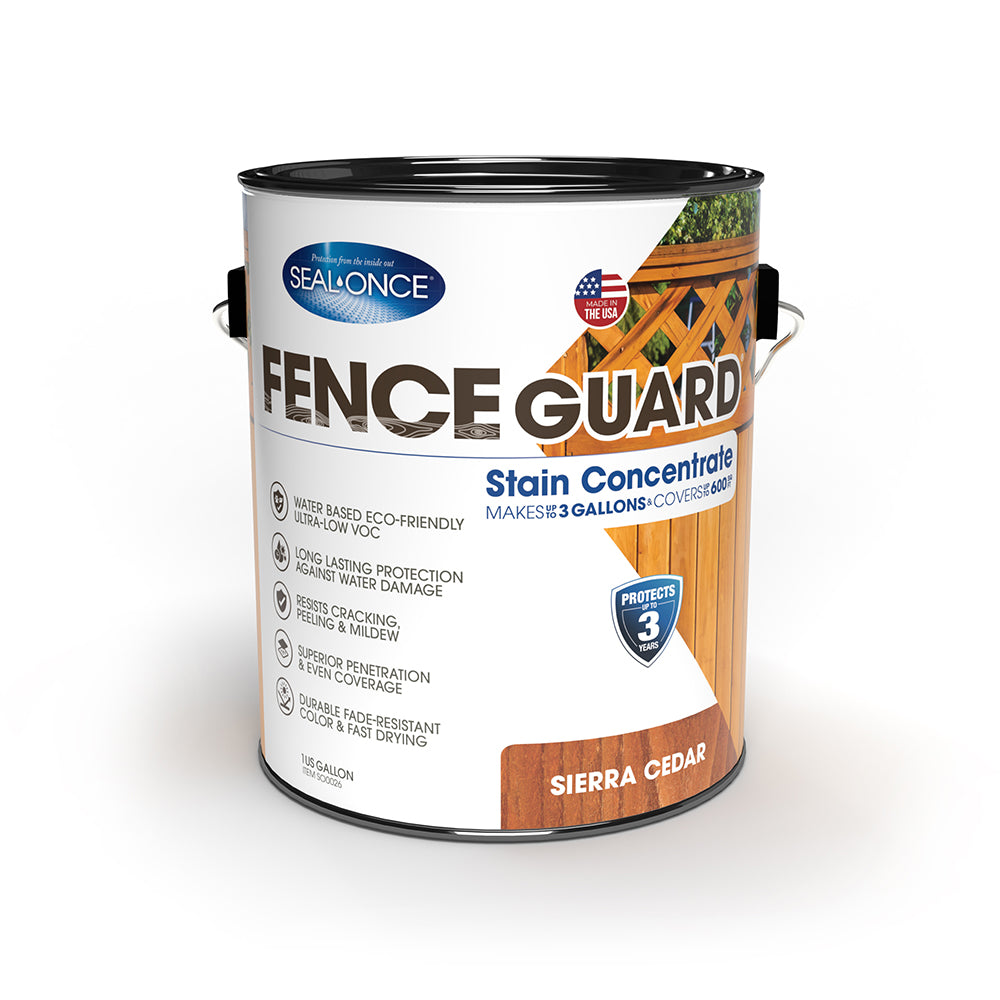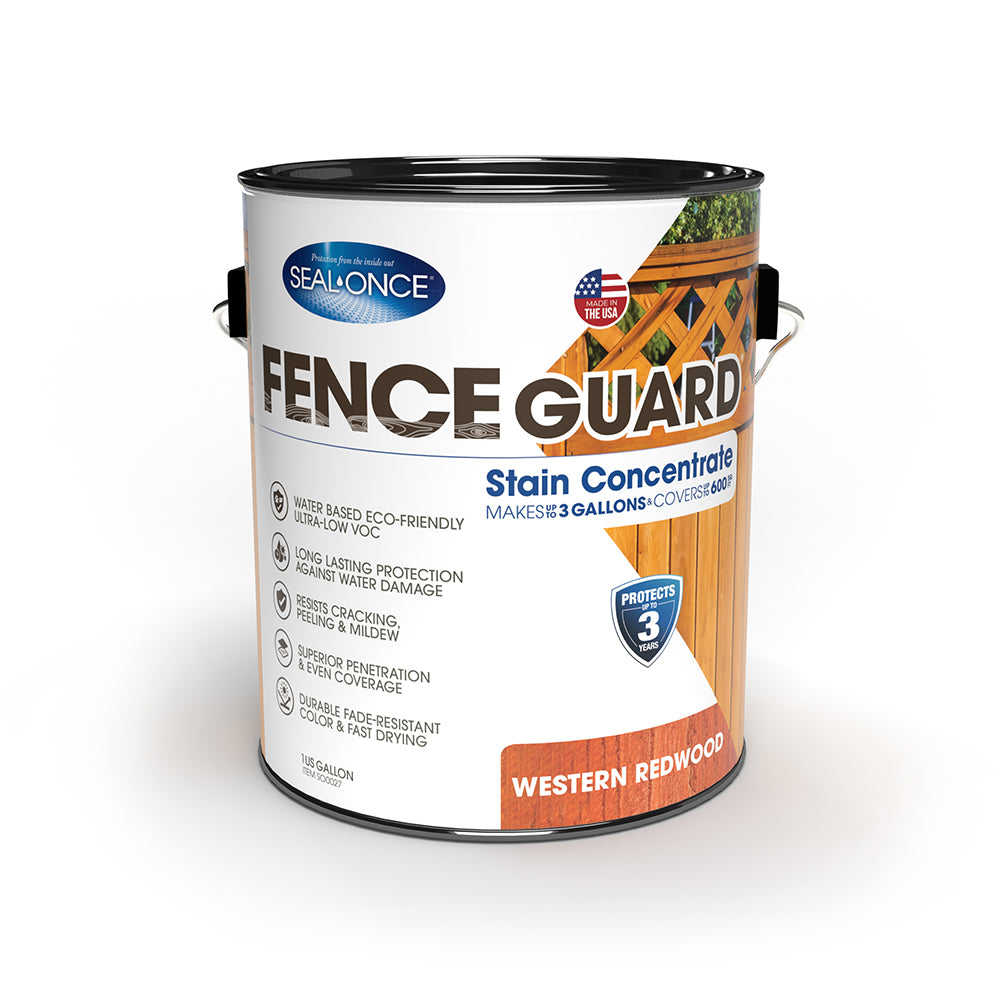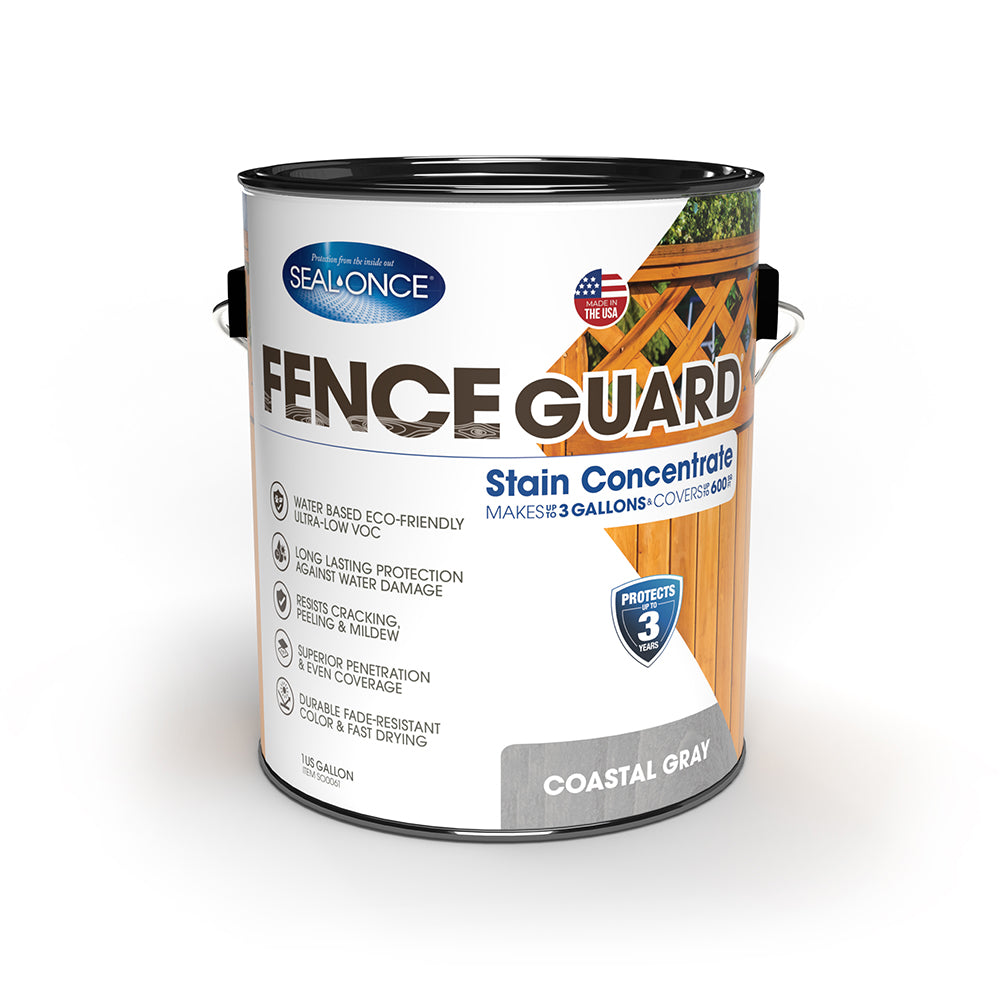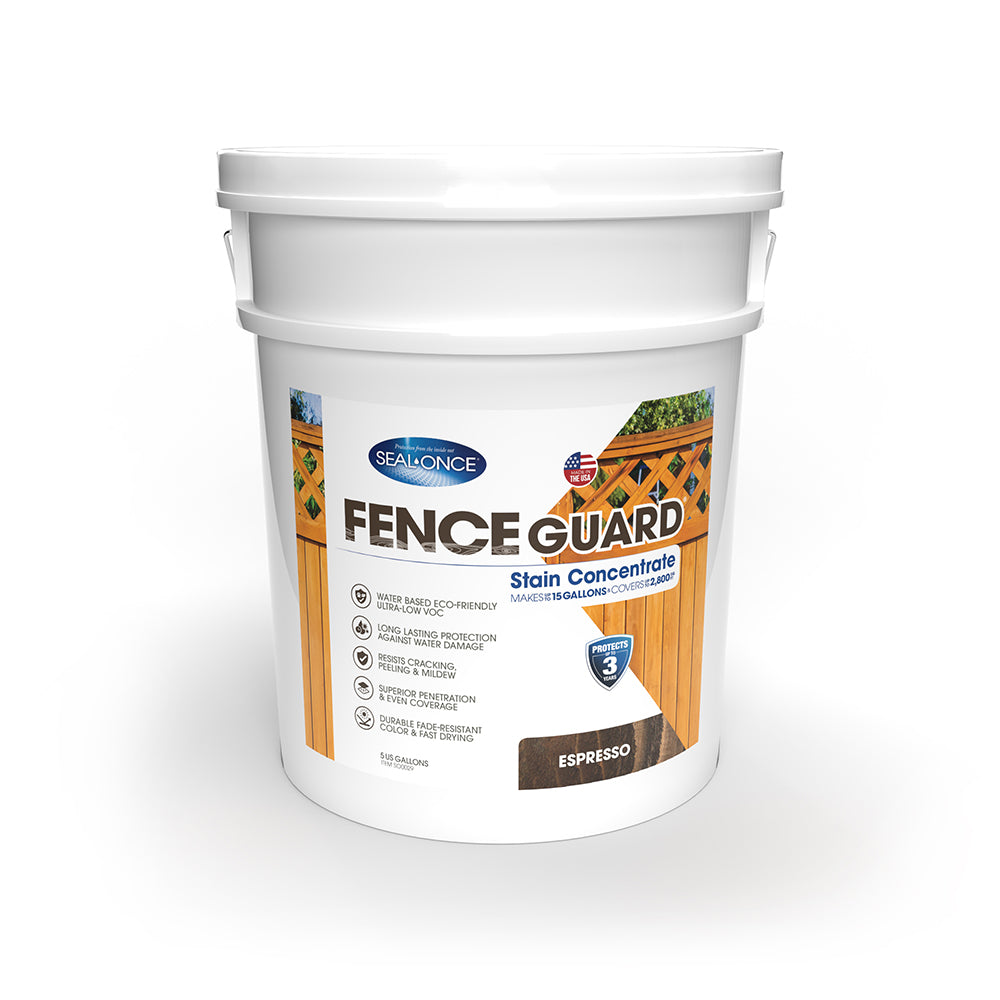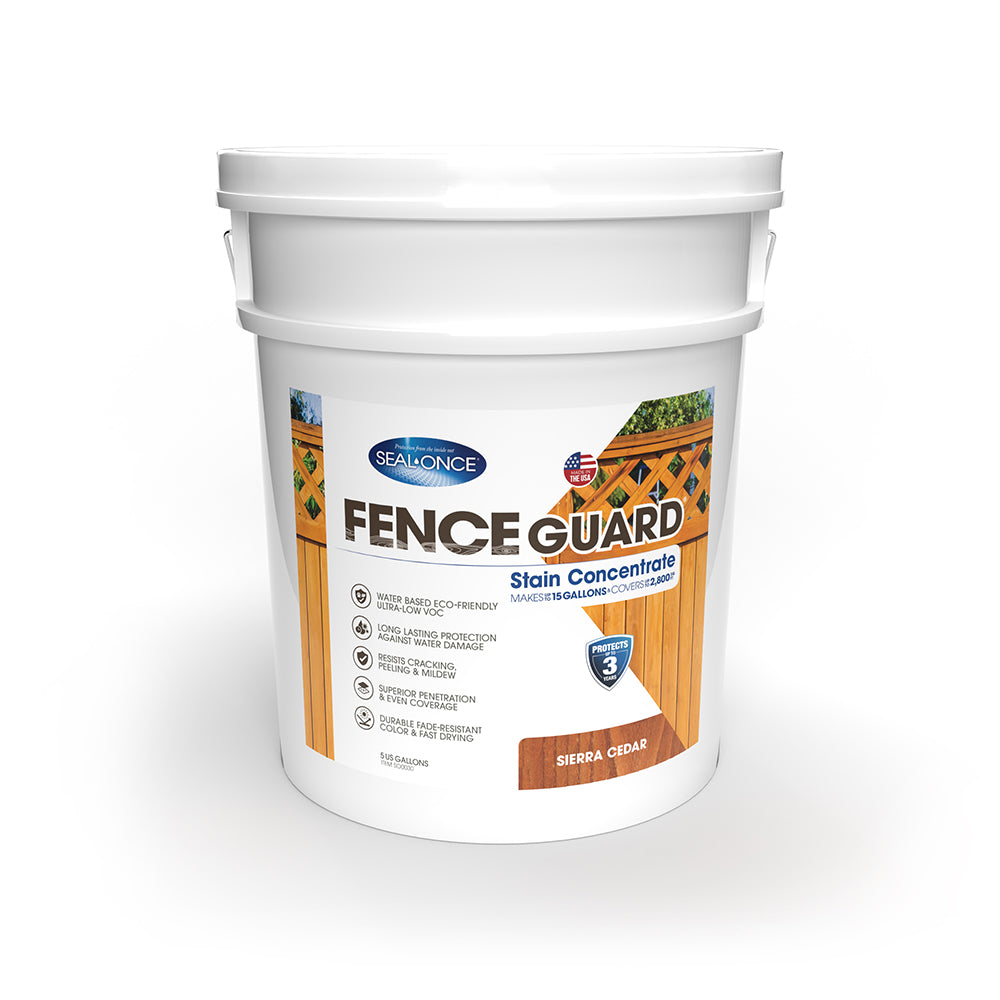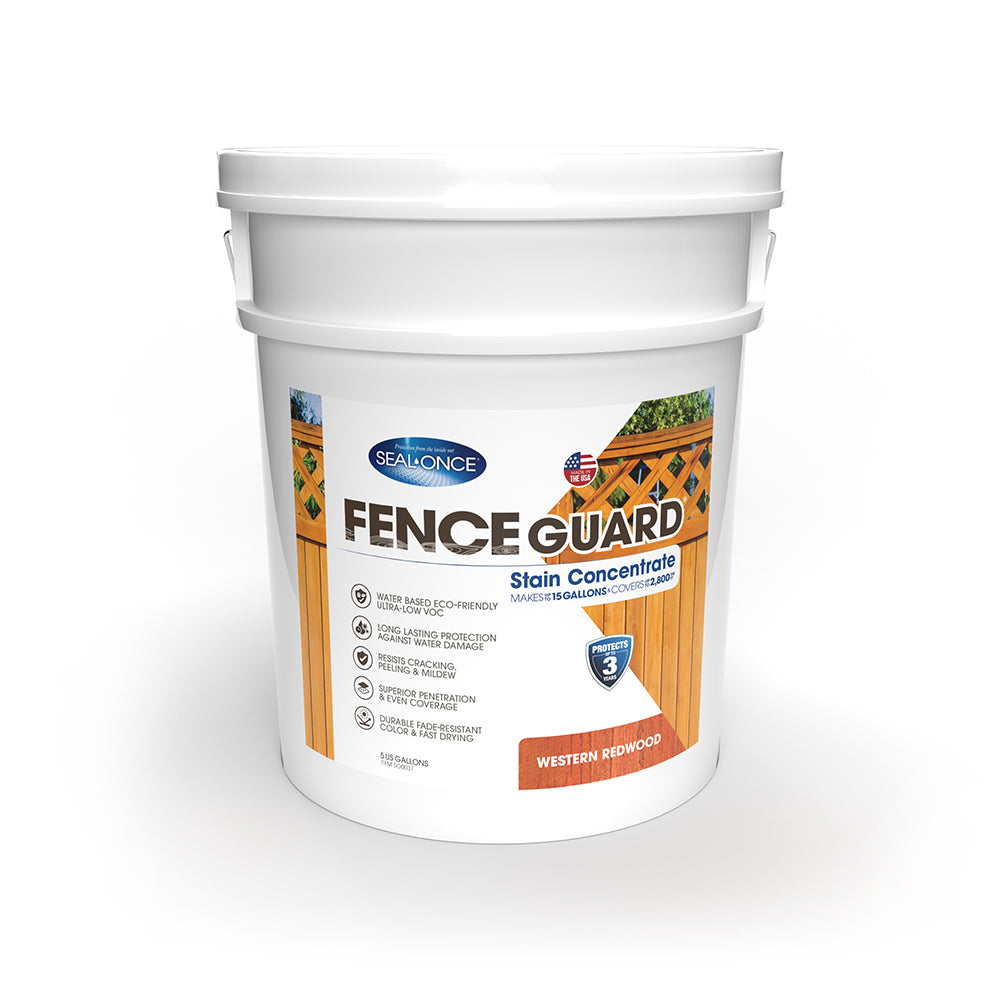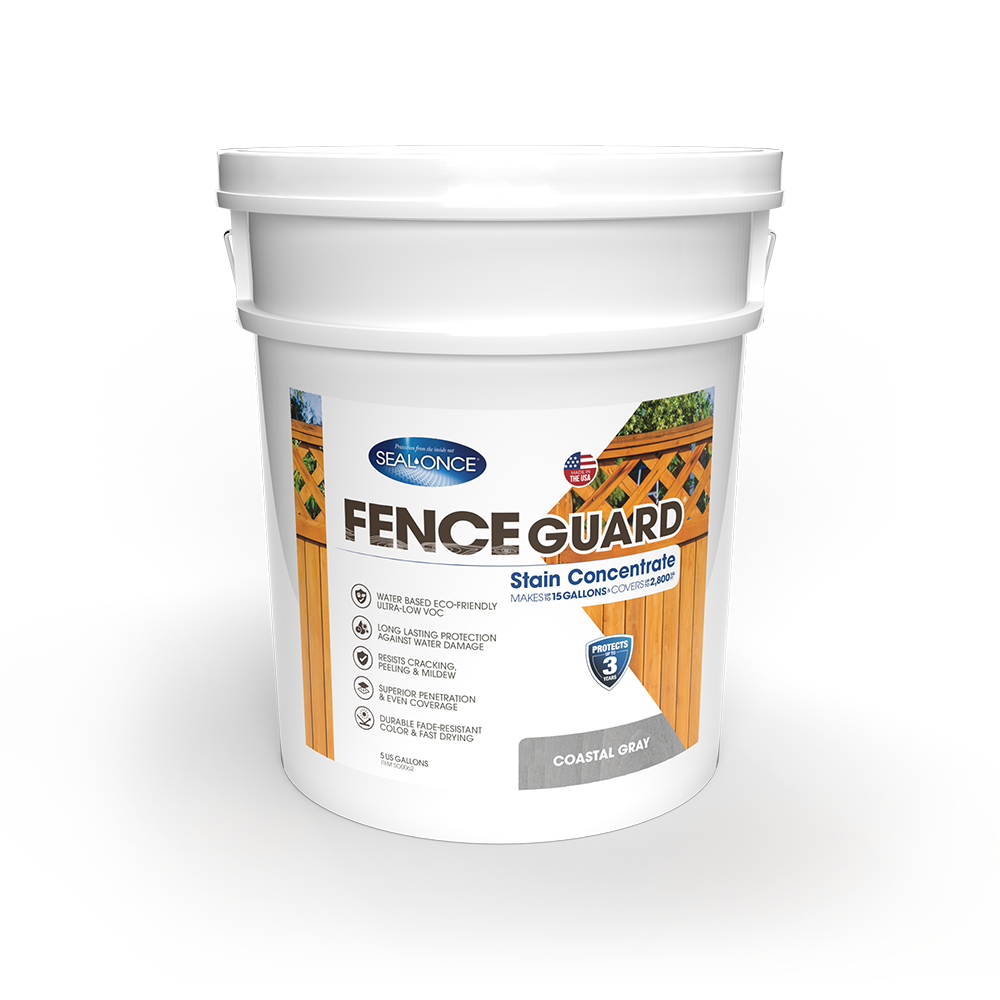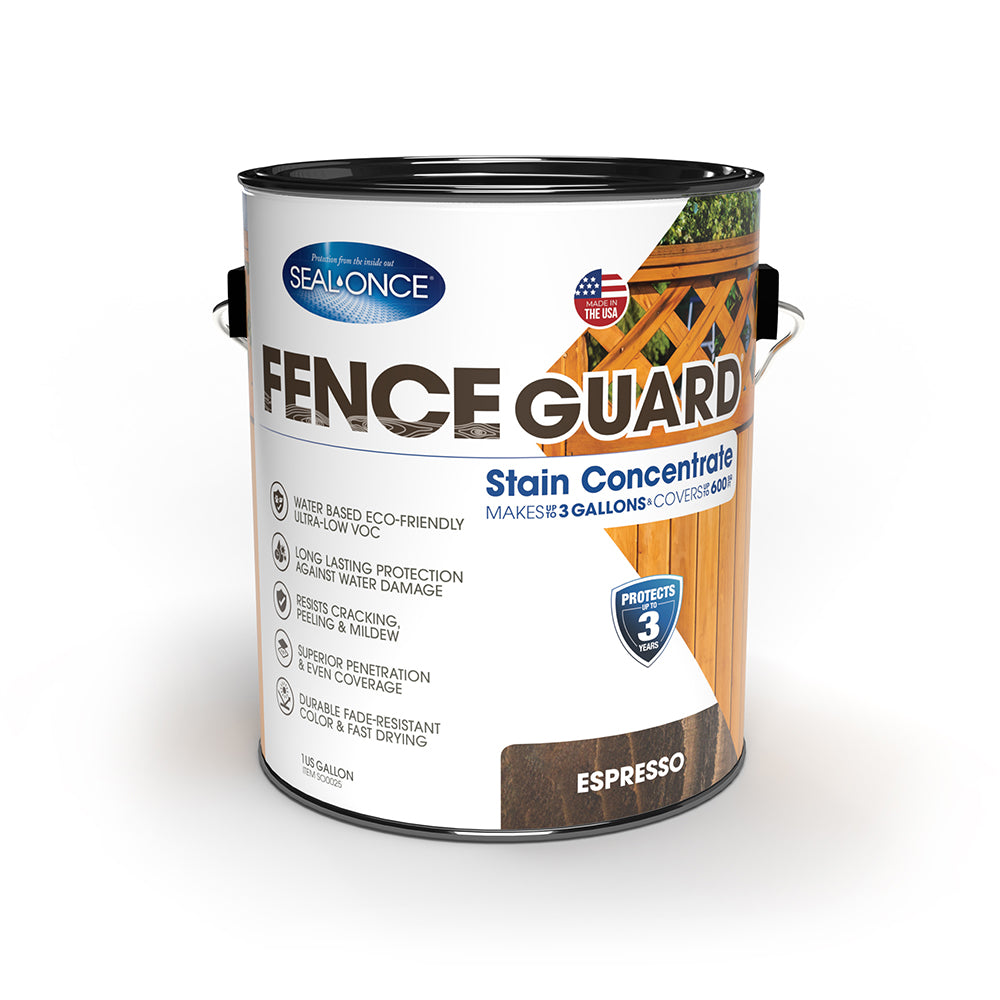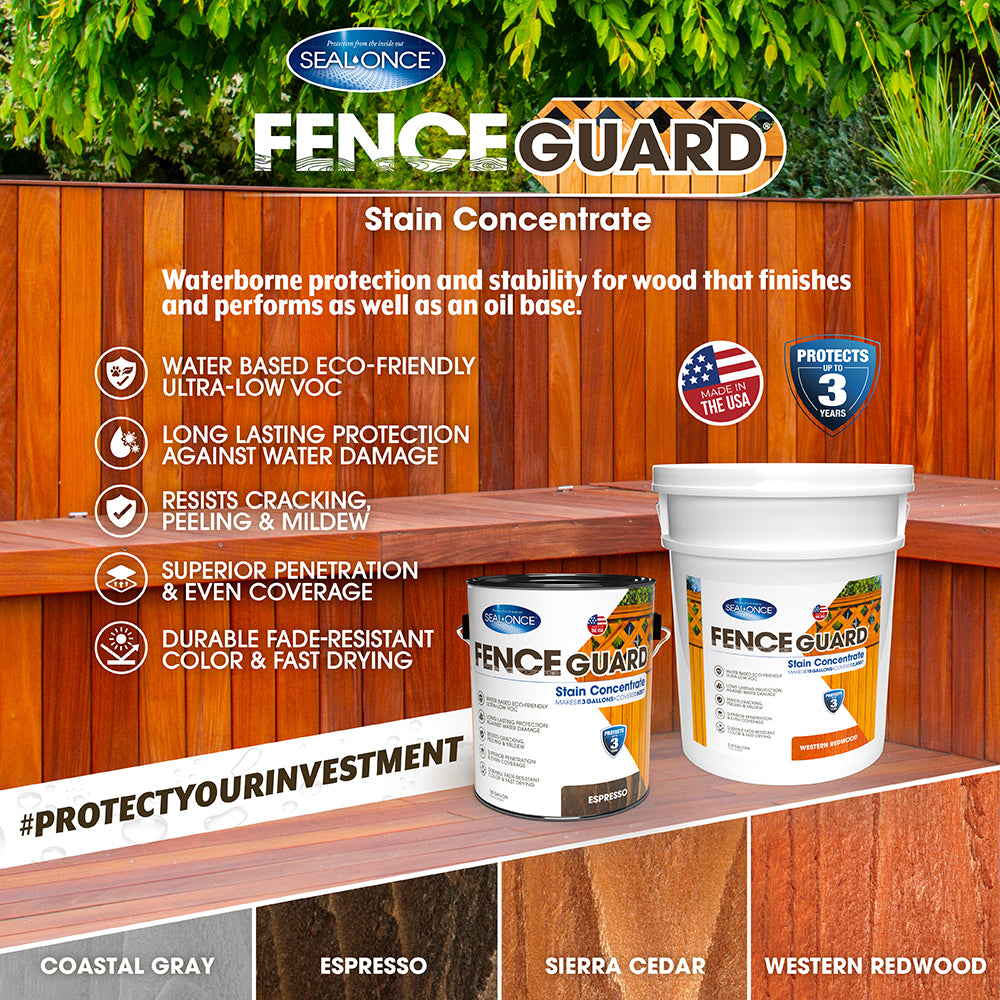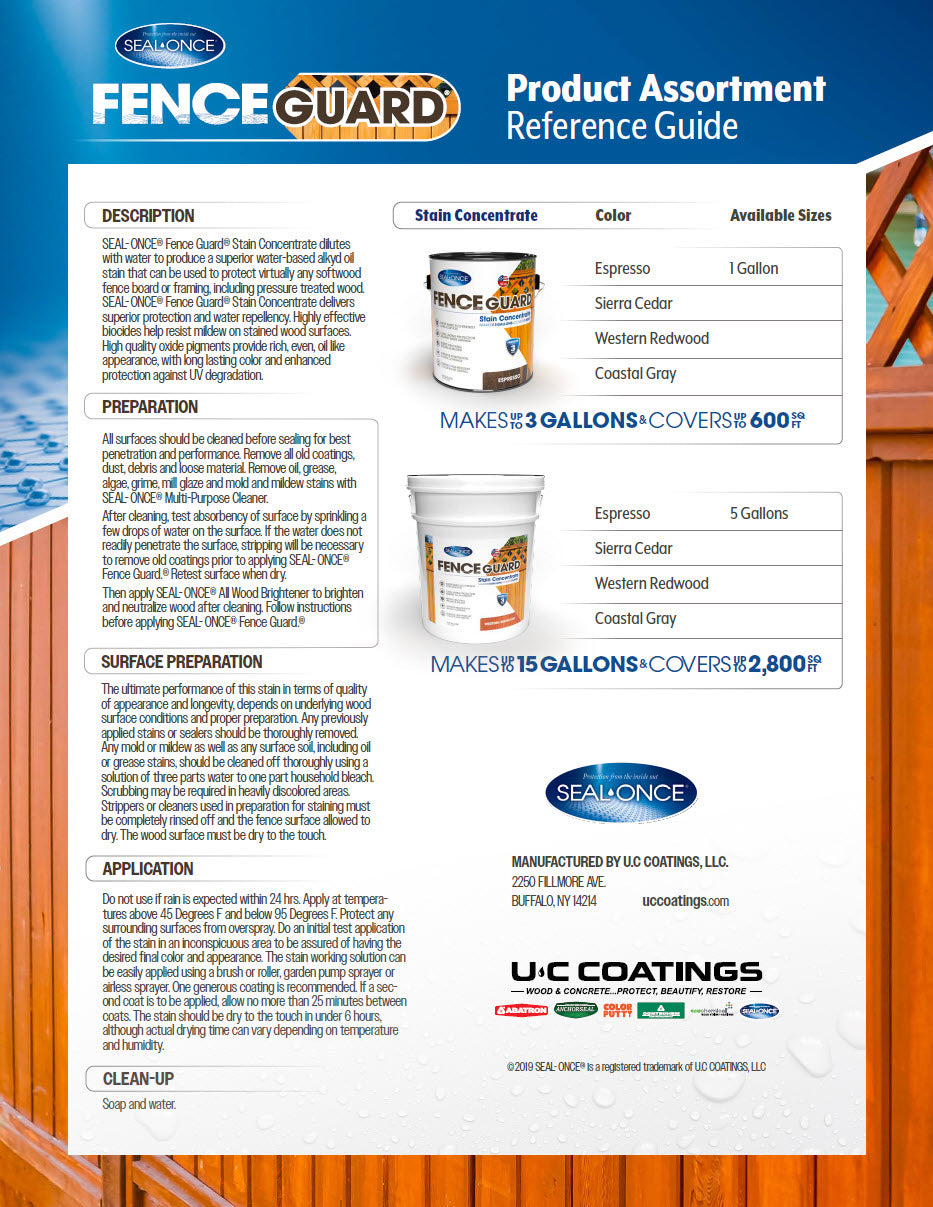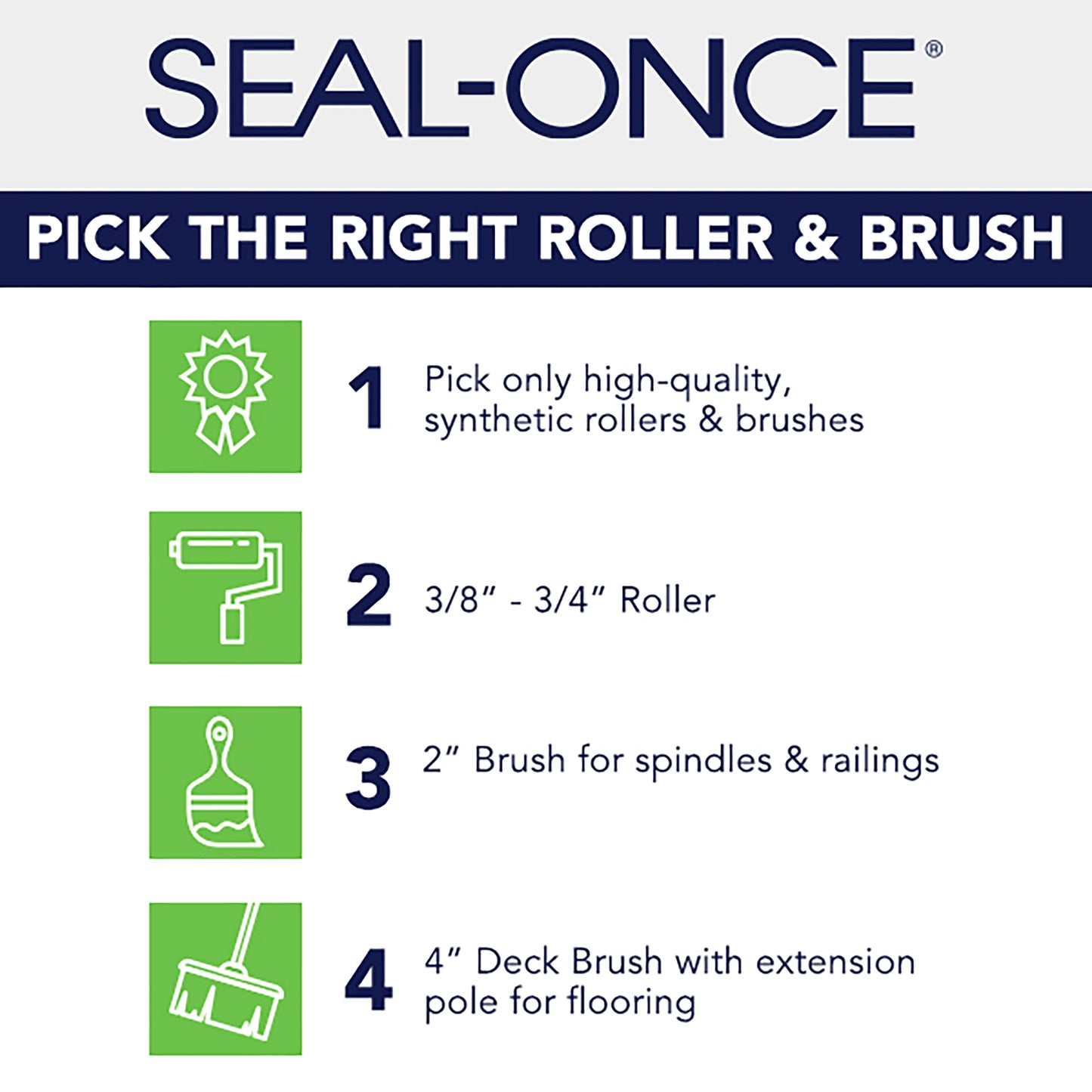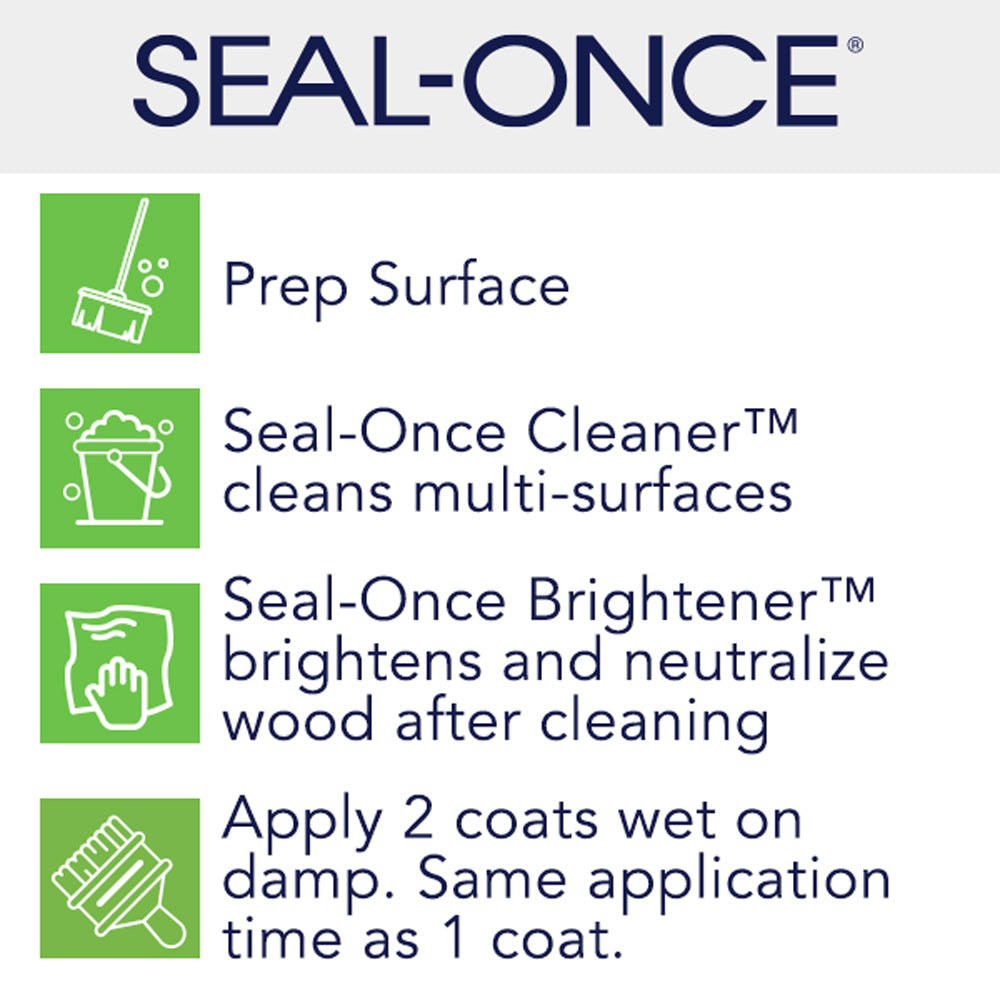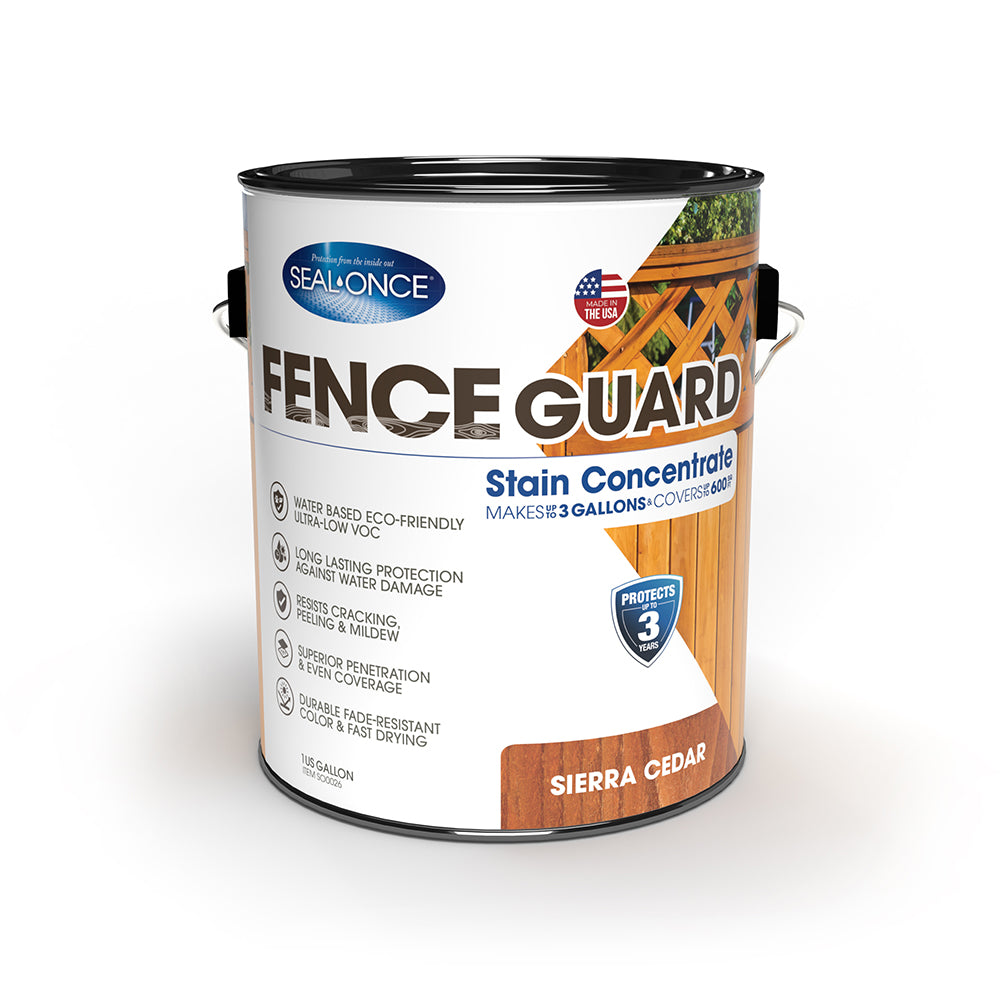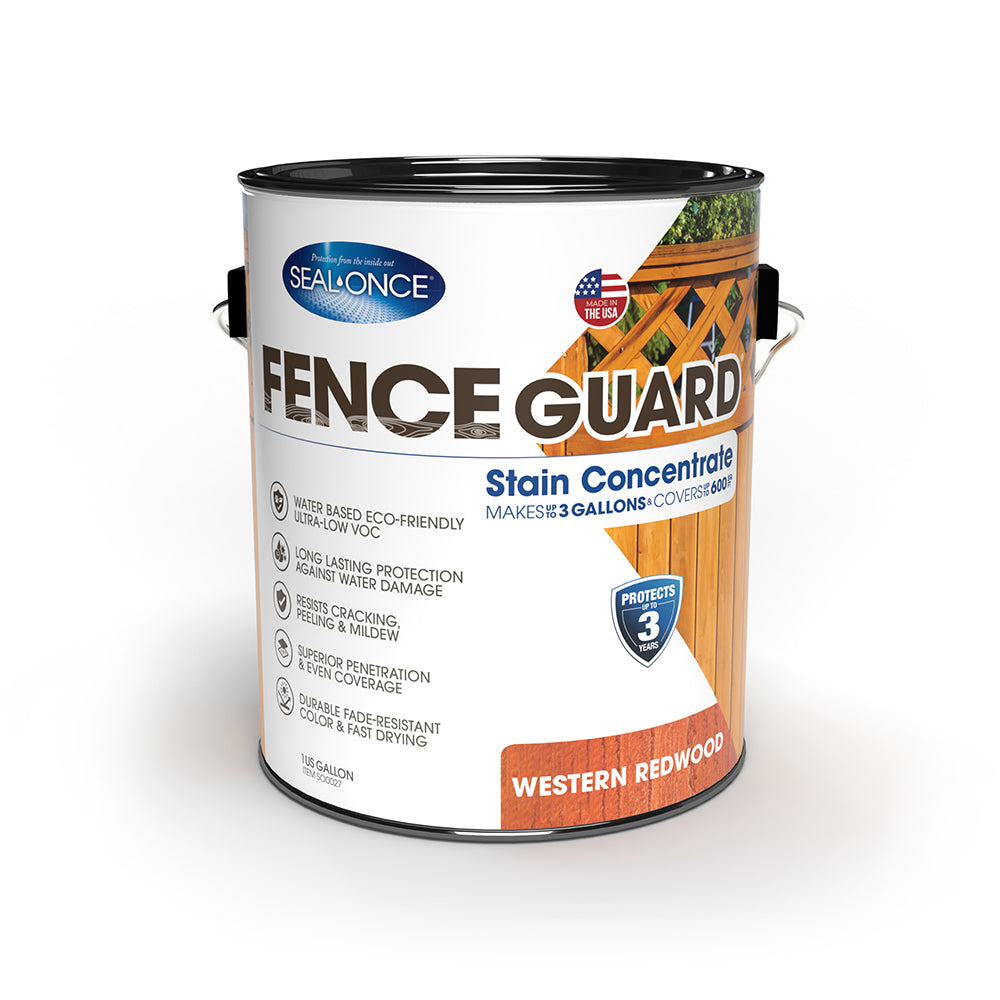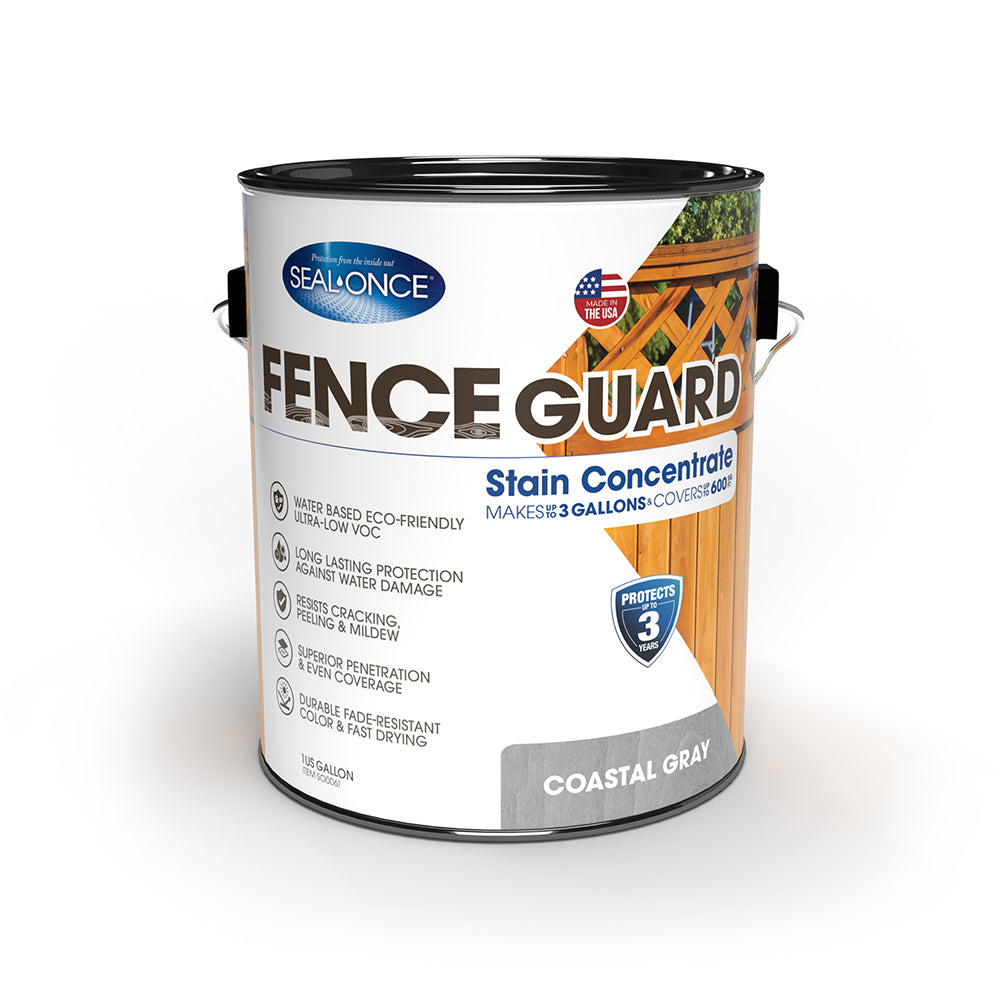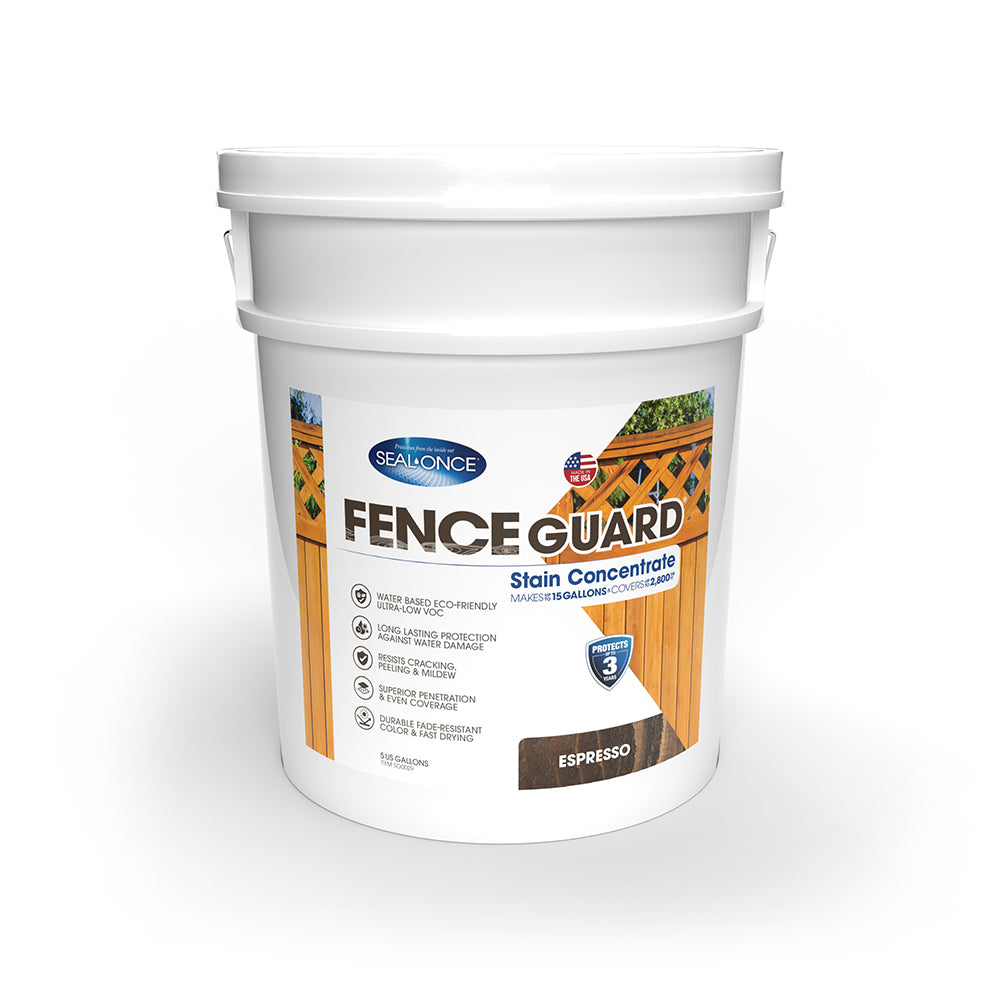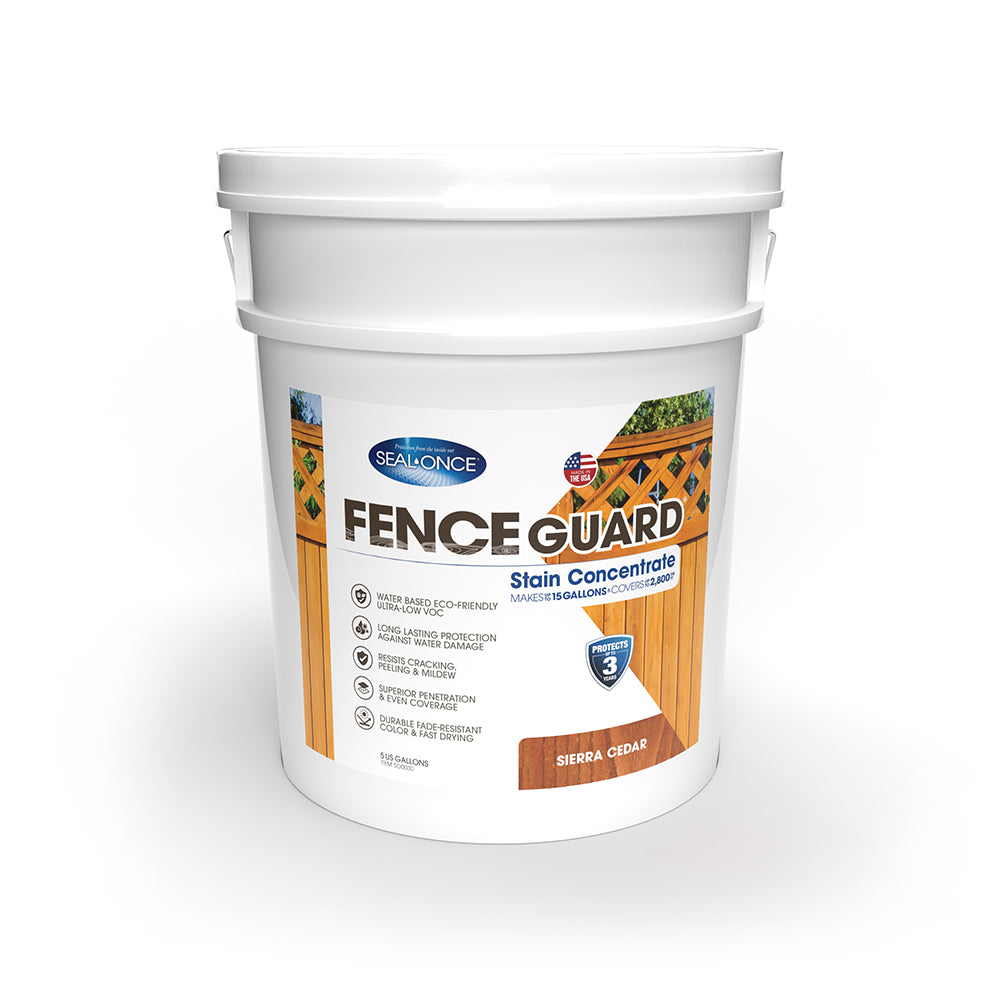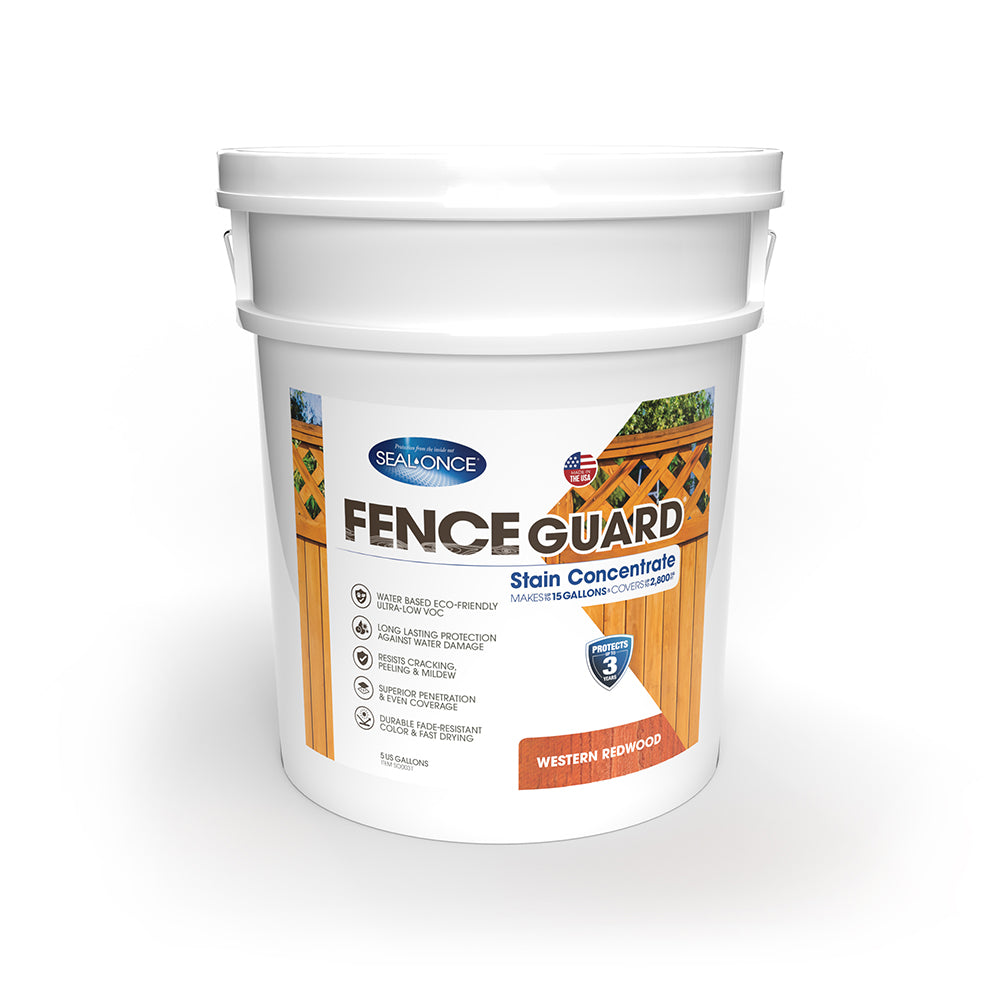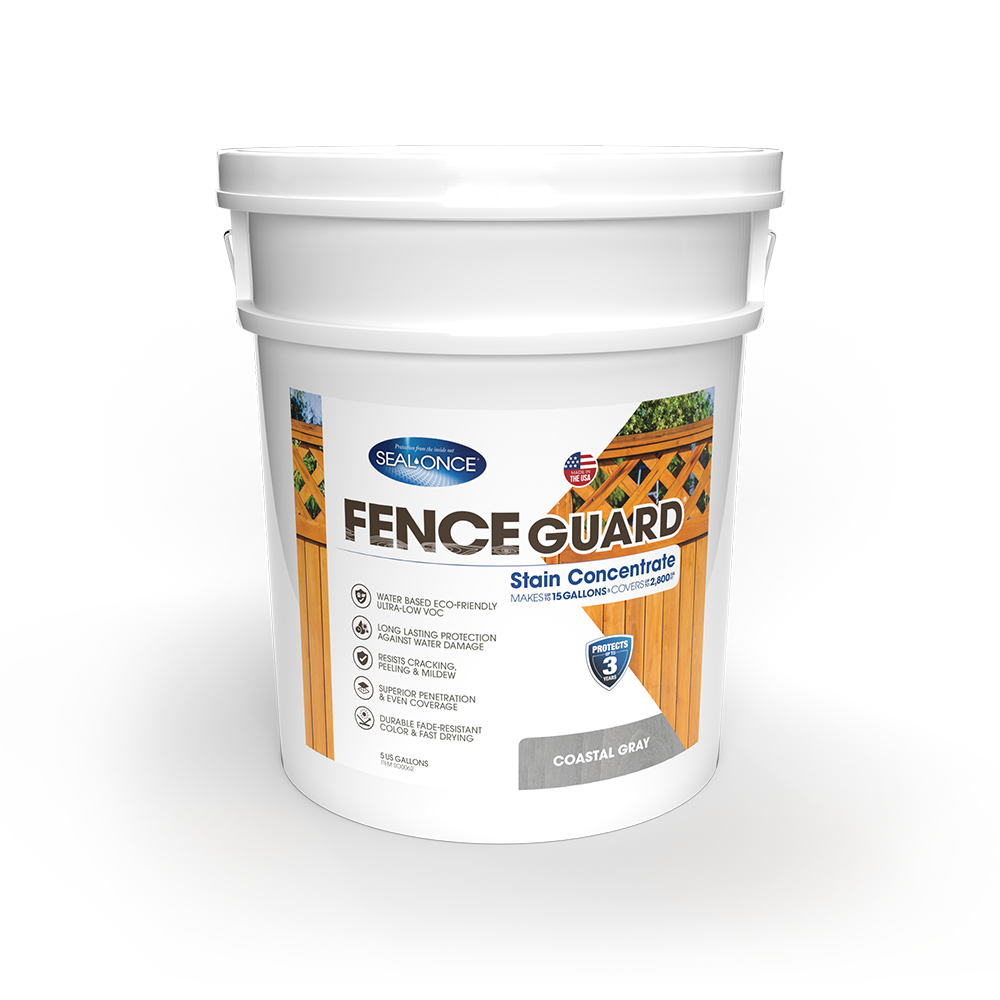Did you know that adding a fence to your property could increase the value of your home?
Even if you’re not looking to sell, adding a fence to your yard could add curb appeal, beauty, and privacy to your outdoor space.
An essential step in the fence installation process is to seal the wood on your fence. Sealing a wood fence will save it from swelling and turning gray from exposure to the elements.
You could pay a professional to put a sealer on your fence, but it’s not necessary. Doing this beginner-friendly home improvement project yourself will both save you some money and bring you the satisfaction of knowing you completed the project all by yourself.
But how exactly do you seal a wooden fence? And what are the considerations that a beginner should keep in mind when sealing a wood fence for the first time?
Keep reading to learn more.
When to Seal the Fence
The first step to sealing a wood fence is to determine whether or not you even need to seal it in the first place!
If you are working with a new fence that has no coating on it whatsoever, then you should add a sealer. While some people think that you need the fence to weather before sealing it, this could harm it. The fence might get damaged from too much exposure to the sun or the rain if you leave it for too long without protection from the weather.
If you’re thinking about resealing or updating the seal on an existing fence, check the current sealant by spraying some water on the fence. If the water soaks into the wood, it’s time for a new sealer.
Prepare the Wood
Fence sealing preparation is a vital part of the process.
For new fences, this means cleaning the wood to make sure no dirt, sap, mold, or mildew will keep the stain from adhering to the wood. For existing fences, strip off any previous stain, sealant, or paint so that the new sealant can soak into the wood.
When using cleaners on wooden fences, it’s generally best to use a bristle brush. If you’re short on time or have a lot of fencing, you can also use a pressure washer to clean the wood. However, there is more risk of damage to the wood using this method.
Balance the PH of the Wood
Certain cleaners may raise the pH value of the wood in your fence, which can keep the sealer from properly attaching to the fence. If you are using such a cleaner, be sure to follow it up with a wood brightener or some other product designed to balance the pH of the wood.
Seal the Fence
Once the wood is dry, it’s finally time to break out the wood fence sealer (or stain, or paint). Whatever form of sealer you use, the wood must be completely dry for it to work properly.
If you’re using a sealer alone, you should be able to fill a garden sprayer with the sealant. Remember to dilute it with water as directed by the instructions on the label. Spray the fencing, front and back, with a liberal coating of the sealant.
When using a sprayer, try to choose a day with as little wind as possible, and wear protective clothing and face coverings to avoid getting any chemicals on your body or in your eyes.
If you’re using a wood stain or paint combined with a sealer to seal off your fence, or if you don’t have a garden sprayer, you can also brush the product onto your fence. A roller is great for covering large areas of the fence quickly, and a brush can be used to get into the hard-to-reach spots.
When brushing the sealer onto your fence, work from top to bottom to avoid dripping the sealer, and work in small sections (a couple of boards at a time).
For either method of sealing the fence, you should cover anything surrounding the fence that you don’t want to get sealer on, such as grass, bushes, trees, flowers, or the exterior of your home. A plastic sheet or another form of dropcloth will work well for this.
Depending on the kind of wood your fence is made of and the kind of sealer you’re using, multiple coats of sealer may last longer and improve the effectiveness of the sealer. Let the first coat dry completely before adding any additional layers.
Regular Wood Fence Maintenance
Resealing and waterproofing your wood fences should become part of your regular landscaping routine if it isn’t already. This will ensure that your natural wood fences will last for years to come.
Every couple of years or so, take some time to clean the dirt and debris off of your fence and apply another coat of sealer.
More durable woods like yew or white oak may need resealing less frequently than other woods such as firs and pines. However, they will all need to be re-treated at some point.
Use Your Knowledge for Sealing a Wood Fence
Now you know everything you need to clean, seal, and maintain a wood fence. Use this knowledge for protecting your fences from the weather. You’ll keep your backyard looking shiny and fresh for years to come!
Looking for some advice on which product is best for sealing a wood fence? Just fill out our contact form, and we’ll help you find the perfect product for your project.








